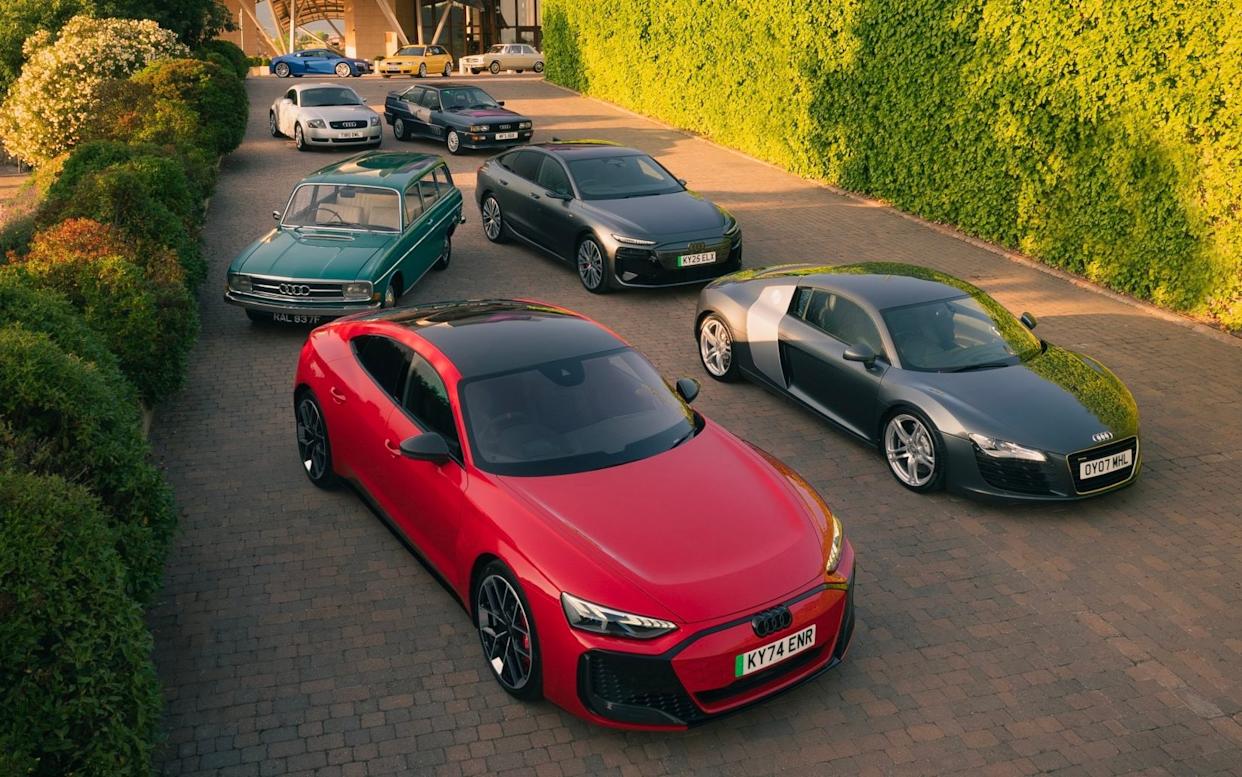
Audi’s PR team clearly wants to celebrate the 60th anniversary of the company’s formation, in its current guise at least, in some style. So, sitting in the car park at Bilbao airport is a fair chunk of the Audi UK heritage fleet – a historic record of the company’s past glories, maintained in full fettle.
More budget than sense? Yet there is merit in exploring Audi’s past via its cars. Because from humble beginnings as a manufacturer of worthy but forgettable saloons, Audi has become a global mega-brand with a rich history of motorsport success and an image that’s the envy of much of the automotive industry. How did that happen?
Audi, Horch, DKW… or Auto Union?
Audi’s roots go back far further than 1965, of course, but the company in its modern form came into being after Volkswagen purchased what was left of the Auto Union conglomerate in 1964.
Of the four brands that had formed Auto Union, only DKW remained. But it was known as a maker of cheap, two-stroke cars in Germany; Volkswagen wanted the company to have a fresh start, so picked a different brand from Auto Union’s history.
So with the introduction of the DKW F103 in 1965, Volkswagen changed tack, launching the car simply as “the Audi”. It had a 71bhp, four-cylinder, 1.7-litre Mercedes-Benz petrol engine, although the range expanded, with each new model badged according to its power output – 60, 72, 75, 80 and Super 90.
Humble origins: the 80 Variant
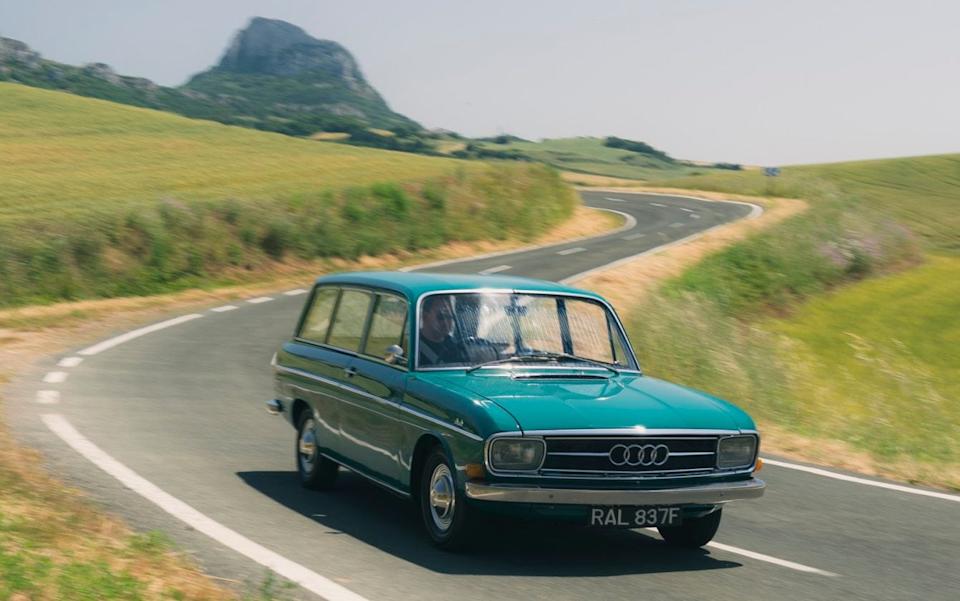
The 80 I’m driving – known by Audi’s press fleet mechanics as Ralf, owing to its registration – dates from 1968 and it’s a vanishingly rare Variant, the three-door estate version.
That has its downsides, because it means only the front windows open – a fact of which we become increasingly aware in the sticky 35-degree heat.
The 80’s honest, utilitarian styling and gentle face are a world away from the creased, aggressive Audis of today. Inside, meanwhile, the least convincing wood-effect trim I’ve ever seen is a delightfully performative attempt at moving the car upmarket.
It’s easy to be charmed by old cars and the 80 is indeed one that puts a smile on our faces as we mooch along the motorways. And yet you can tell that in its day this was an entirely unremarkable machine; the column shift is vague even by the standards of such things, the suspension bouncy and under-damped, the steering heavy and remote.
Nevertheless, there’s a sense of unburstability that Audi was to build on.
A new beginning: the 100

Now I’m in the first “proper” Audi – the first car developed under the new brand name and the auspices of Volkswagen, with the intention of replacing the radical NSU Ro80. And while Volkswagen wasn’t yet consciously pushing the Audi brand upmarket, you can see the effects of and injection of cash.
For a start, this 100 – a super-rare two-door saloon finished in a fetching shade of beige – feels more modern to drive, thanks to its floor-mounted shifter and automatic choke. It feels more upmarket, too, the seats finished in a delicious combination of velour and vinyl.
On the road, it’s slicker in every way than the 80; the suspension is more composed, the steering tighter and more deft, while thanks to better sound-deadening, even the 1.9-litre engine in this example feels smoother, despite being a rework of the M118 engine in the 80.
Through the 1970s, the Audi 100 would become plusher and even more composed, gaining a five-cylinder engine option and challenging cars like BMW’s 5 Series for supremacy in the class.
Even then, though, Audi hadn’t quite made it to the top flight. That would start to change in the 1980s.
Setting the stage: the Quattros

It was Jörg Bensinger, one of Audi’s chassis engineers, who proposed the use of four-wheel-drive in a road car, having experienced it in a Volkswagen Iltis military vehicle. Three years after he had done so, Audi had brought the concept to reality with the Quattro – a 2.1-litre, 197bhp, four-wheel-drive, coupé version of its now-updated 80 saloon.
The car’s potential was obvious, but just in case it wasn’t Audi entered it in the World Rally Championship. Contrary to popular belief, it wasn’t an immediate success, but by 1982 Audi had sorted its early reliability problems and took the constructors’ championship, followed by the drivers’ title in 1983, then both championships in 1984.
These early, 10-valve cars feel rather dated now, with lots of turbo lag, loose body control and sloppy steering. But there’s so much grip that you can press on regardless, and once you’re used to the body roll you can lean on the outer wheels and fire the Quattro through bends.

Later versions gained a 2.2-litre engine, which was then fitted with a multi-valve cylinder head. These 20-valve Quattros are the most sought-after, with 217bhp on tap; this is still, at heart, a soft car with a big engine, but it’s sharper, tighter and faster than the earlier one, while also feeling more finessed.
What an event it is to drive, though, dominated by the five-cylinder engine note – the low, guttural moan of a mythical beast that gives way to a siren-like wail at the top end. You’ll want that to use top end, too, as this is a car that, perhaps against expectation, loves to rev out.
You can trace the beginnings of Audi’s move upmarket in these two cars; in the early example, the switchgear is shared with the Mk1 Volkswagen Golf, but by the time of the later 20v it had been replaced by bespoke Audi stalks and buttons, as well as a digital dashboard. That said, the doors still shut with a clang rather than a solid thunk; Audi’s move upmarket was far from over.
Upwardly mobile: the RS2
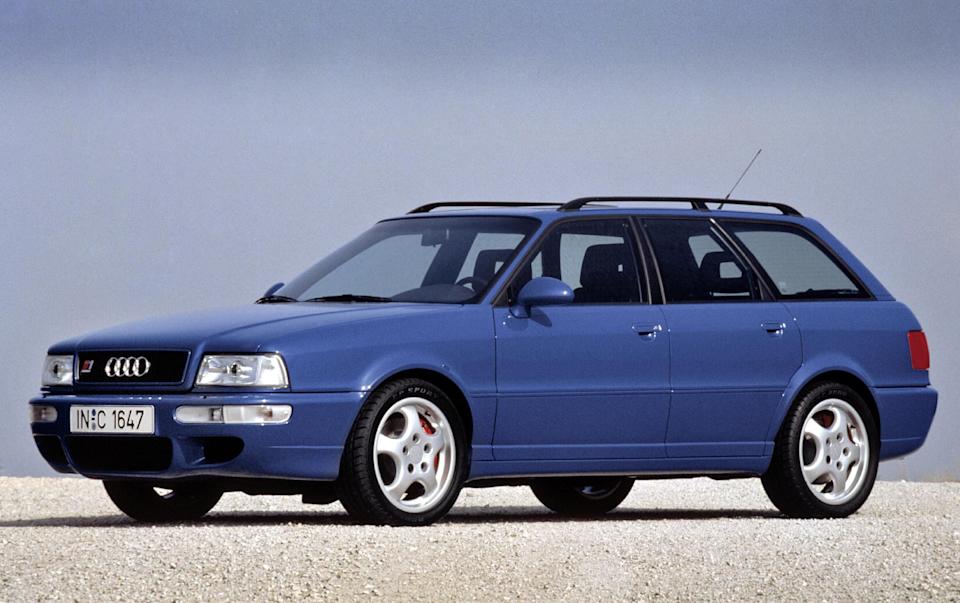
Superficially, you’d not bet on such a close relationship between the Quattro and the RS2. The chasm between the blocky looks of the former and the organic curves of the latter is vast.
And if you know where to look, Audi’s intent to become a premium brand is clear. The B4-generation 80 bears Audi’s new nose treatment, with a colour-coded grille frame that’s more prominent and incorporated into the bonnet. This little trick, first used on the Audi V8 of 1988, gives the front a more upmarket look, hiding shut lines and highlighting the distinctive four-ringed Audi badge.
Driving the RS2, though, its lineage is obvious. If the Quattro 20v felt like an evolution of the 10v, the RS2 feels like an evolution of the 20v, gaining further finesse and refinement, though never losing that guttural five-cylinder growl.
Inside, it’s truly plush, with Recaro velour and leather seats, slabs of glossy wood trim and a “built for life” feel – there’s no doubt this was a cut above the Quattro in terms of prestige.
Making it: the R8 V8
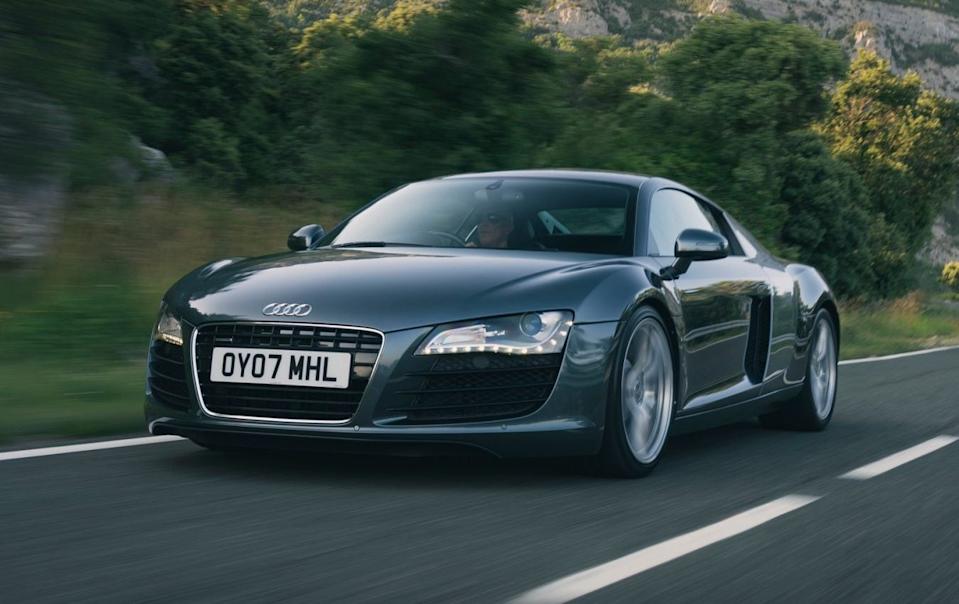
Mercedes-Benz had the C111; BMW the M1; Jaguar the XJ220. When it was Audi’s turn to signal to the world that it had at last arrived in the premium firmament, it too produced a supercar: the R8.
It’s a different beast to drive than any other Audi, yet it feels like the sort of supercar only Audi could make. It is immensely easy-going at low speeds; usable, surprisingly compact and delightfully accessible.
Wind it up, though, and the V8 (the entry-level model; there was also a V10) takes on an ethereal engine note, a cross between the banshee howl of a flat-plane engine and the thudding baritone of a cross-plane crankshaft.
The gearshift is hugely satisfying; direct and crisp with a clinking action through the exposed metal gate. And the handling is absolutely not the linear, grippy, heavy experience you might expect – in fact, throw power at it too early and the tail will slide wide in a deliciously progressive way.
The modern age: A6 Sportback e-tron

Anyone who thinks cars haven’t really changed much in the last 20 years needs to step from a 2007 Audi into one built today. The A6 Sportback e-tron feels a world apart from the Audis of 20 years ago, let alone any of the above cars.
In fact, if there’s a criticism you could level, it’s that it has lost something compared with the other cars. There was a well-oiled mechanicality to the Audis of old; a sturdy, clunking tactility to the way you interacted with it.
Now, so much of that interaction is done via the screens and touchpads sprinkled liberally throughout the interior that it’s been lost.
For all that, though, this is still a technical tour de force; quiet, calm and every bit the premium electric limousine you’d expect from Audi these days. It just feels somehow more… generic. There’s less to tell this apart from the equivalent Mercedes-Benz or BMW.
That, to be fair, is only partly Audi’s fault; it’s a symptom of modern automotive fashion, too. Many buyers seem to want to be removed from the process of driving and using a car as much as possible. Will this trend continue?
I hope it doesn’t. Because, nabbing the keys to the R8 V8 for a last blast back to the airport, I can’t help but feel that this was Audi at its peak – the meaty gearshift, the beautifully smooth switchgear, the unshakeable confidence of four-wheel drive and, beneath it all, an engine brimming with character.
I wonder whether, in the next 60 years, Audi will find its way back there.


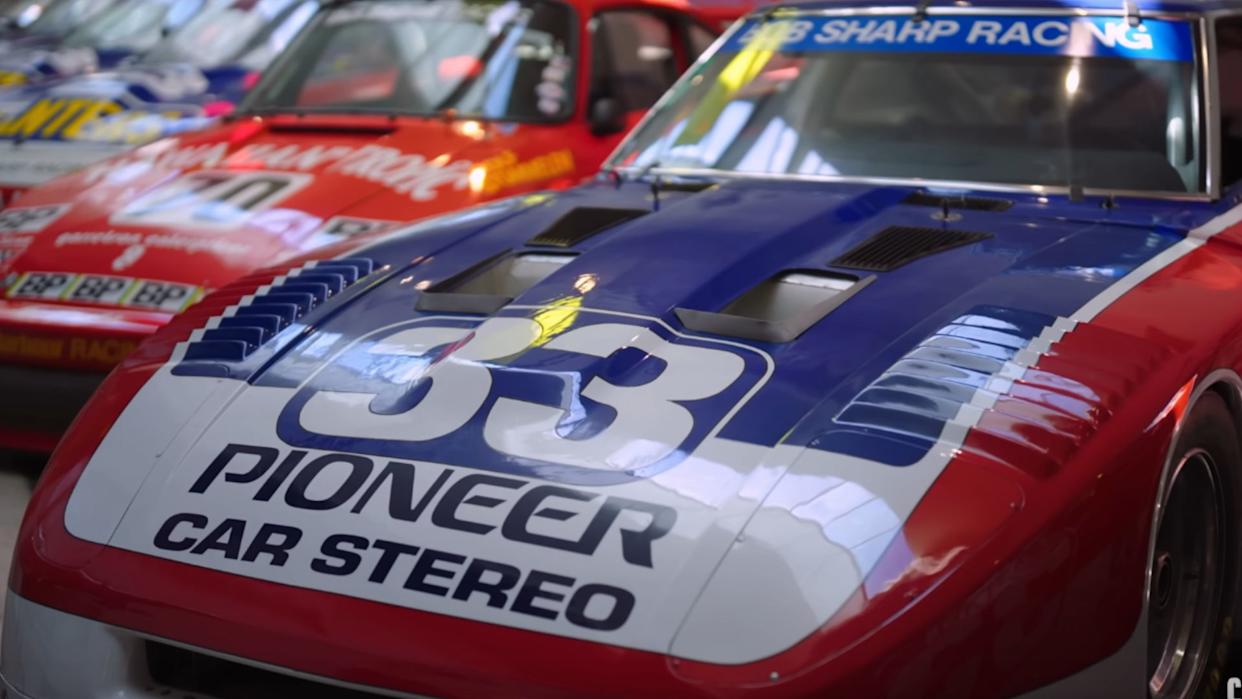
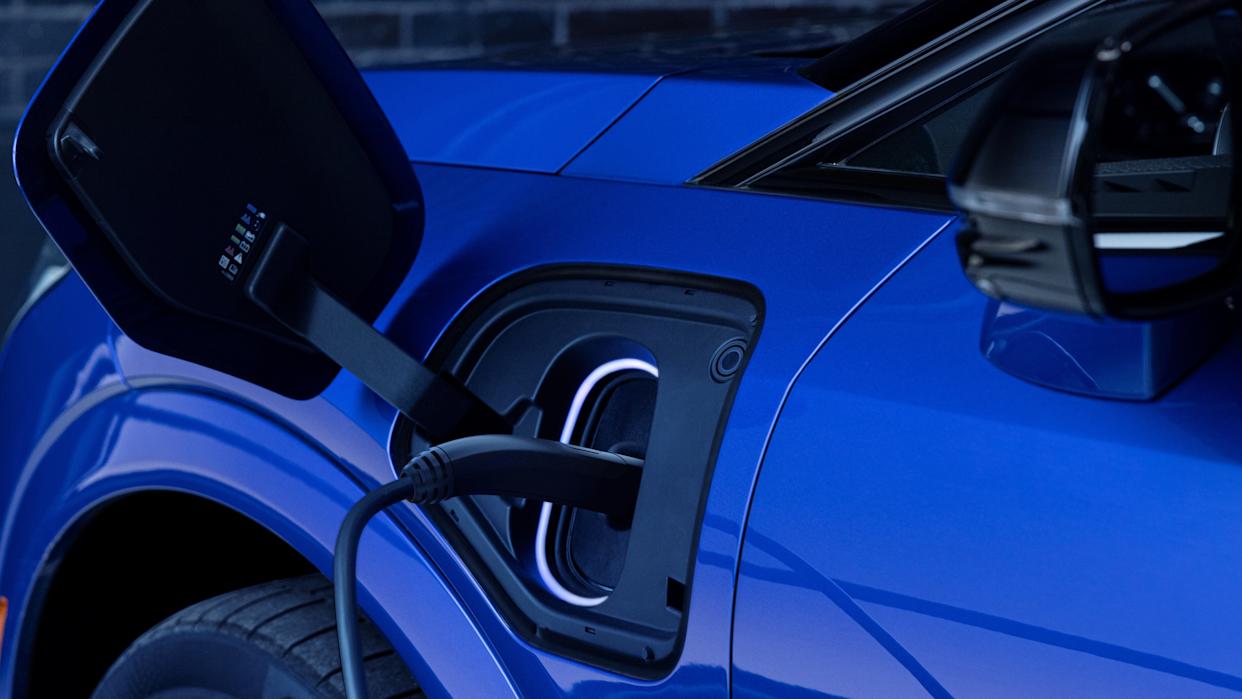
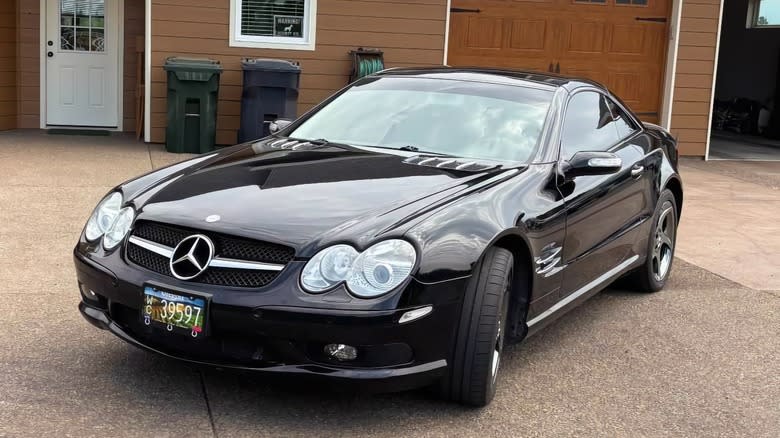
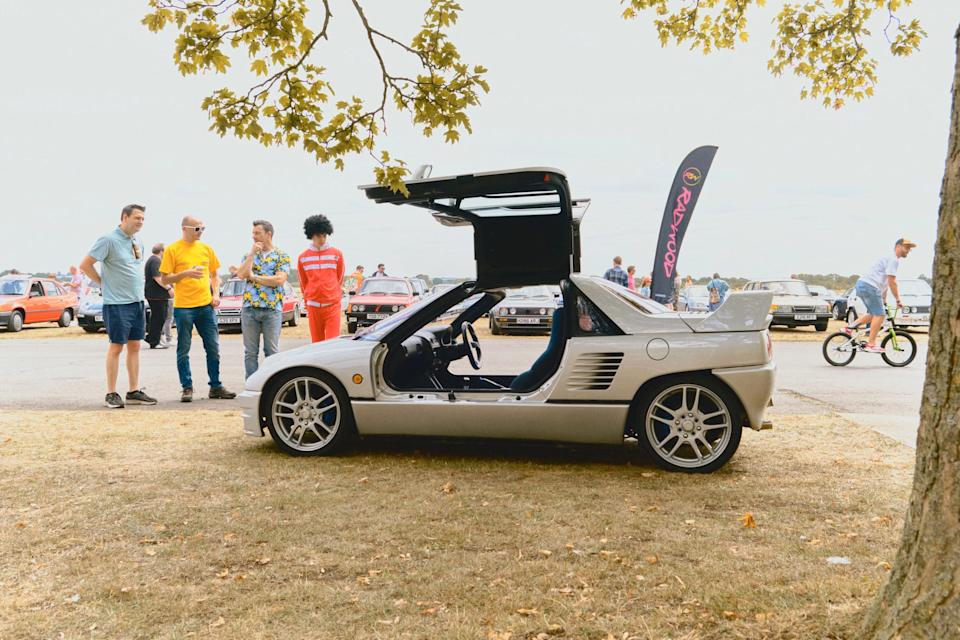
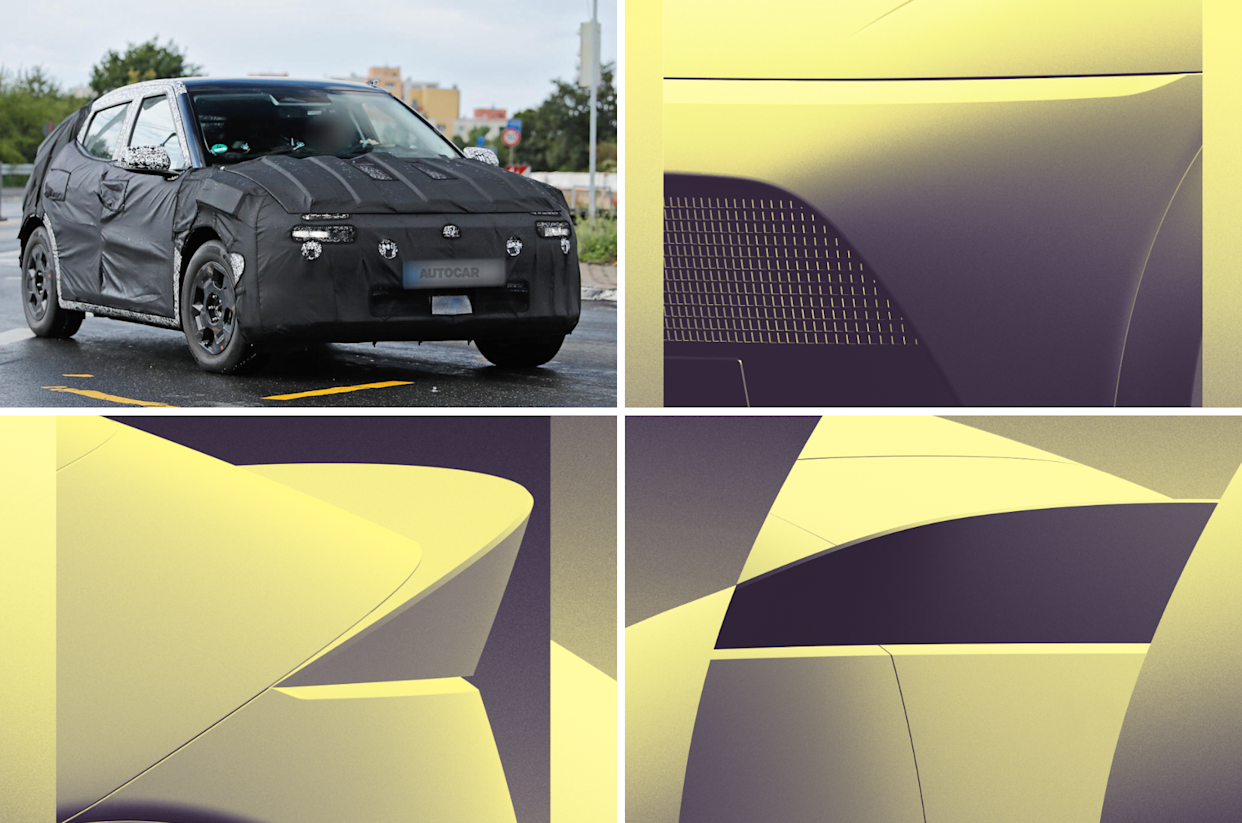
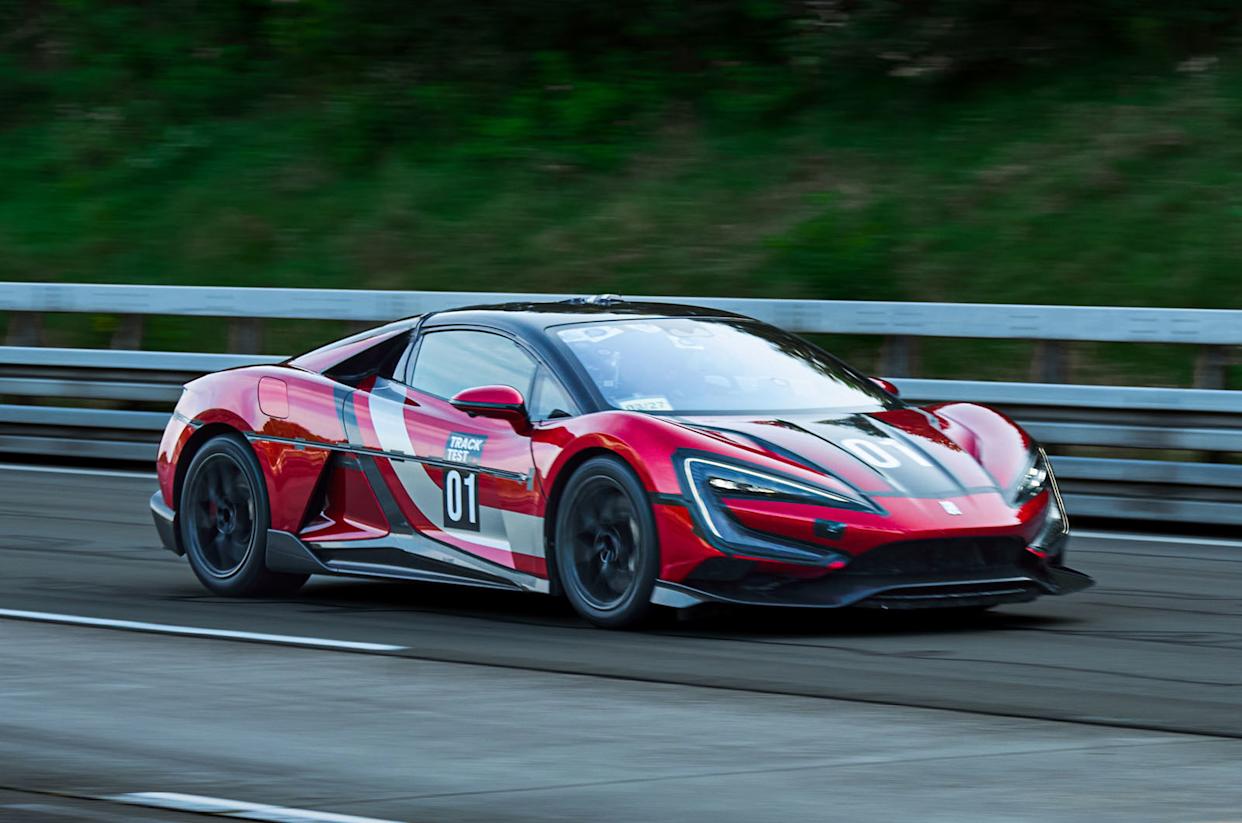
Comments